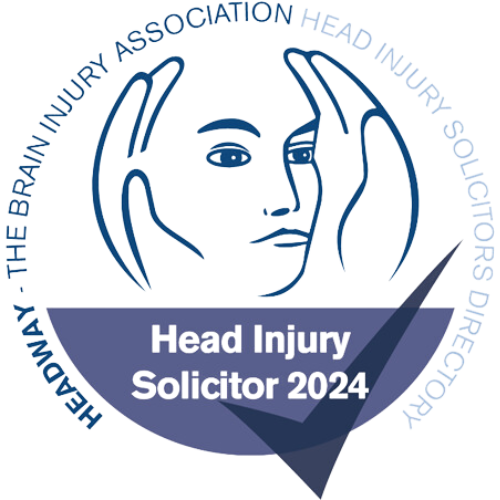Start your FREE Enquiry
How To Treat Whiplash?
Whiplash is an injury to the neck, caused by a sudden jolt of the head or body which leads to damages of the muscles, ligaments, tendons and other soft tissues in the neck.
Some minor whiplash injuries can be treated with rest and painkillers such as ibuprofen, whilst more major injuries might require rehabilitative treatment. We outline the different methods used to diagnose and treat whiplash.
How is whiplash diagnosed?
Whiplash is diagnosed through a medical examination by your doctor. Your doctor will carry out a series of tests on your head, neck and arms to check:
- For tenderness in your neck, back and shoulders.
- Your reflexes, strength and sensation in your limbs.
- If certain movements cause discomfort and pain.
- How much you can move your neck and shoulders.
How is whiplash treated?
The aim of whiplash treatment is to get you back to your normal way of life, through pain control and rehabilitation to restore the normal range of motion in your neck.
Your doctor will advise on a treatment plan that is relevant to the extent of your injuries. This may involve:
- Pain management
- Exercise
- Physical therapy
Pain Management:
In order to lessen your pain your doctor may prescribe or recommend any of the below treatments:
- Over-the-counter medication: Paracetamol and ibuprofen can be used to help ease mild whiplash pain.
- Prescription medication: If the likes of paracetamol or ibuprofen doesn’t ease your pain, your doctor may prescribe stronger medication such as codeine.
- Hot or cold compress: Your doctor may advise that you should apply a hot or cold compress to your neck every 15 minutes, every 3-4 hours.
- Rest: It is likely that rest will be advised for the first couple of days following the accident. It is however important not to indulge in too much bed rest as this may make your symptoms worse.
Exercise:
Your doctor may prescribe a range of home exercises, including a range of stretches and movements to help restore your full range of motion in your neck. Types of exercises may include:
-
- Tilting your head from side to side.
- Bending your neck towards your chest.
- Rolling your shoulders.
- Rotating your neck in either direction.
Physical therapy
Physiotherapy
If you have ongoing neck pain, a course of physiotherapy may be recommended. A physiotherapist will be able to massage and manipulate your neck and shoulders to ease your pain. They will also be able to give you a series of home exercises to relieve your pain and symptoms.
Osteopathy
Osteopathy may be required to treat any issues with your nerves, joints and muscles in your neck, back and shoulders.
How to make a whiplash claim?
If you would like to make whiplash claim, you should instruct a solicitor as soon after the accident as possible, when your recollection of events is fresh to mind. True Solicitors handle whiplash and road traffic accident claims on a no win, no fee basis and you can contact us on 0344 854 7000 or submit your enquiry online.




